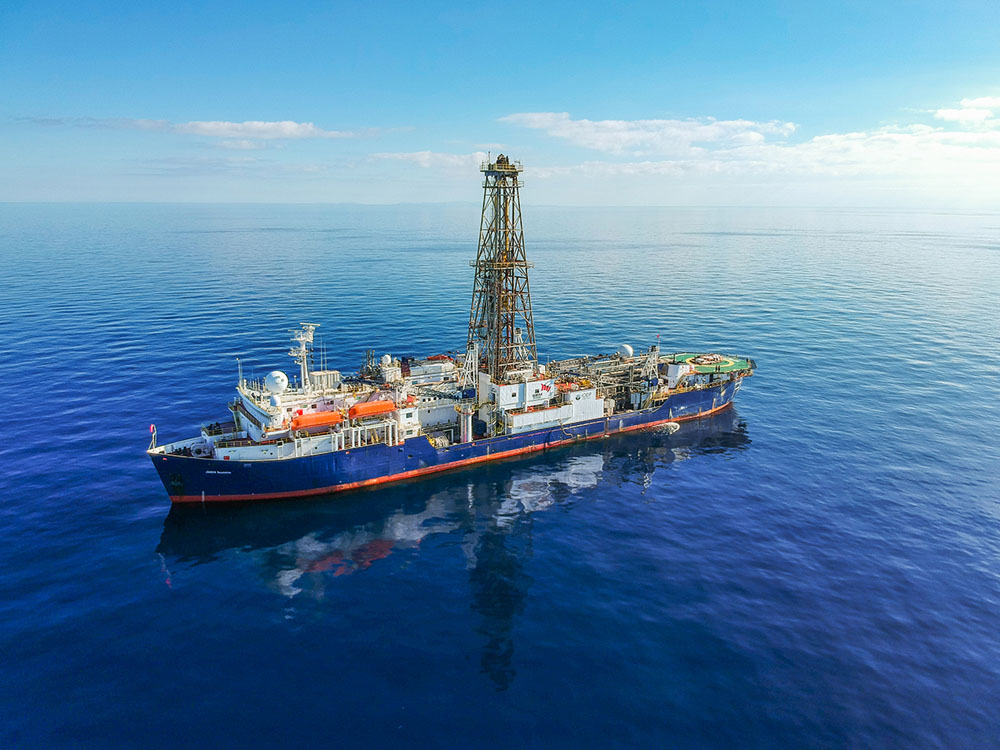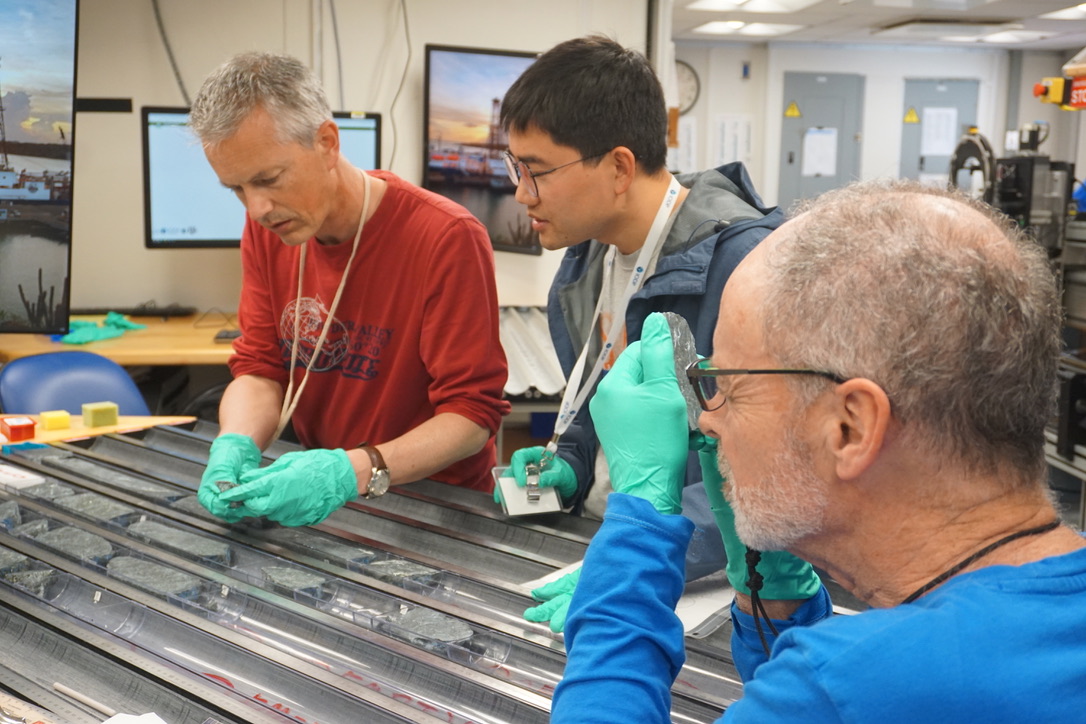For the first time, an international team of scientists found a long piece of rock originating from the mantle of the Earth. This subsurface layer is the largest part of the Earth’s interior, so understanding it can tell us a lot about Earth’s other explosive properties. The nearly continuous 4,160-foot-long (1,268-meter) lava rock was described in a study published Aug. 8 in the journal. Science. The rocks reveal a more extensive history of melting in the recovered rocks than the team originally expected.
[Related: Earthquake models get a big shakeup with clues buried in the San Andreas fault.]
The rocks were found in a tectonic window—a section of the ocean floor where rocks from the Earth’s mantle were exposed near the Mid-Atlantic Ridge. This ridge that juts out into the Atlantic Ocean is 10,000 kilometers long from the Arctic to the southern tip of Africa and is part of the longest mountain range on Earth. According to NOAA, mid-ocean currents like this are the most important in the world, as they occur near the plate boundary where new ocean water is formed as the plates move apart.
Koko was discovered in Spring 2023, during Expedition 399 “Building Blocks of Life, Atlantis Massif” in an ocean drilling vessel. JOIDES Decision. According to the team, the rocks will hopefully help unravel mysteries about the role of the mantle in the origin of life on Earth, how volcanic eruptions are generated when parts of the mantle melt, and how it drives the cycle of essential elements including hydrogen and carbon. .

The team was led by the International Ocean Discovery Programme. This international marine research consortium of more than 20 countries obtains sediment cores. These cylindrical samples of rocks, sand and other salts from the ocean floor are like a timeline of the history of our planet. Since the core was excavated, the expedition team has been compiling an inventory of the fine stones to better understand their shape, form and context.
“When we recovered the rocks last year, it was a major achievement in the history of Earth science, but, more than that, its value lies in what these rocks can tell us about the structure and evolution of our planet. ,” Johan Lissenberg, a geologist at Cardiff University in Wales, said in a statement. their chemicals.”

According to Lissenberg, the results were different than they expected. There was little of the mineral pyroxene and high levels of magnesium in the rock. Both of these results come from a higher melting point than the team would have predicted. This melting occurred as the mantle rose from the deep parts of the Earth to the surface. The results of further analysis of this process may have implications for understanding how magma is formed and how it leads to volcanoes.
“We also found channels through which the melt was transported through the mantle, so we can determine the fate of the magma after it is formed and rises to the surface of the Earth,” said Lissenberg. “This is important because it tells us how the mantle melts and feeds the volcanoes, especially the deep-sea ones that cause most of the volcanoes on Earth. Finding these fine rocks will help us connect volcanoes and the ultimate source of their magmas.”
[Related: See 24,000 years of climate history at a glance.]
Additionally, this first-of-its-kind study contains the first results on how a mineral in the mantle rock called olivine reacts to salty seawater. This process leads to a series of chemical reactions that produce hydrogen and other life-sustaining molecules. Scientists believe that this may be one of the most important processes that promoted life on Earth.
“The rocks that existed on the early Earth are much more similar to what we found during this expedition than the typical rocks that make up our continents today,” said Woods Hole Oceanographic Institution co-author Susan Q. What is the sentence? “Analyzing them gives us a deeper insight into the chemical and biological environment that would have existed early in Earth’s history, and that would have provided a stable source of fuels and conditions.” good over a long period of geological time to have ancient life forms. ”
#rocks #recovered #Earths #mantle